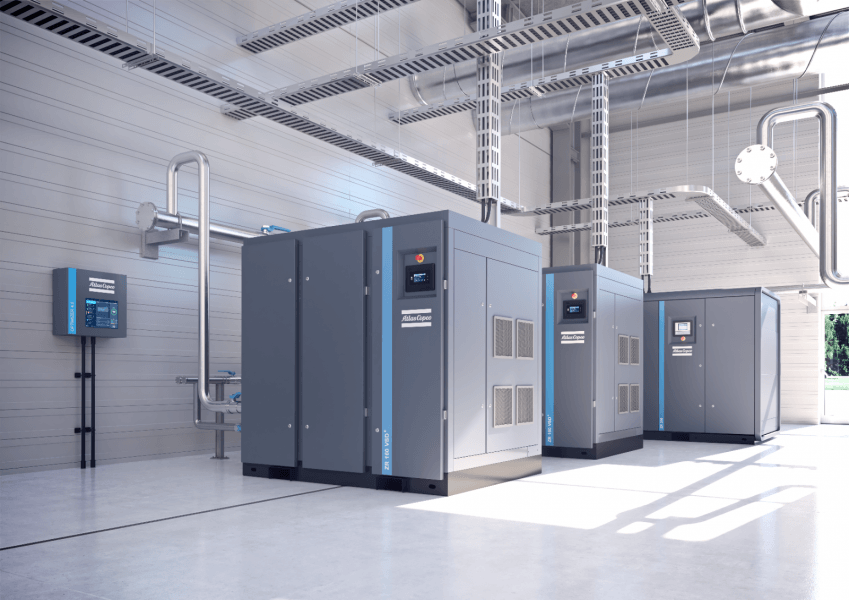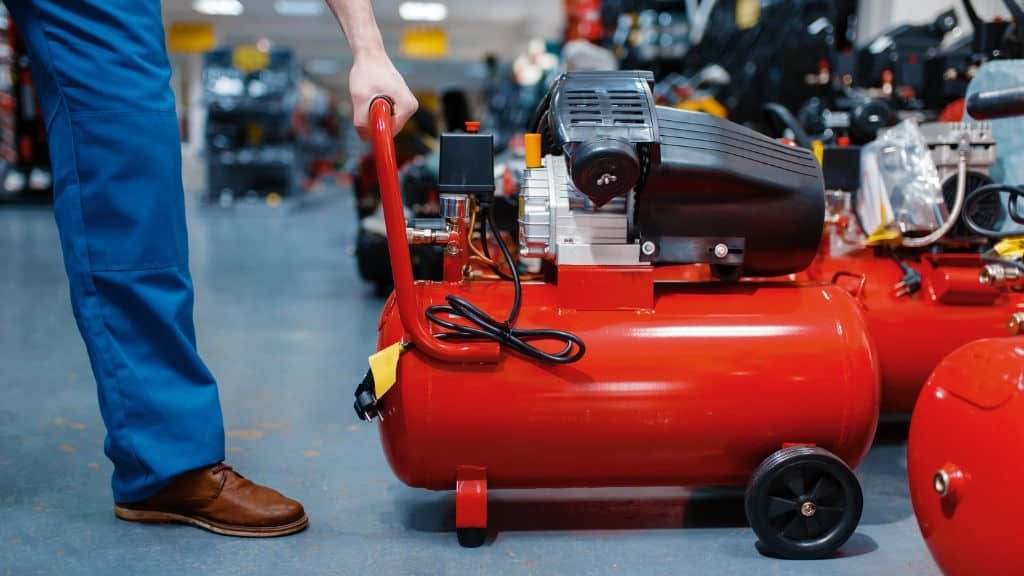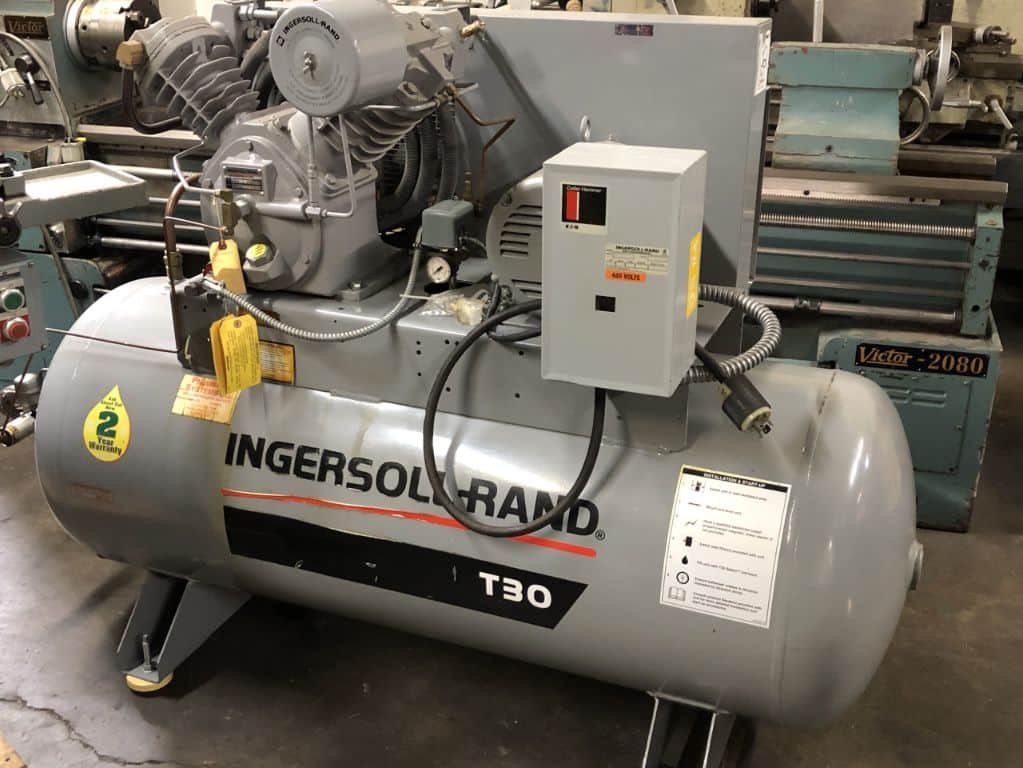As space becomes a major issue for many manufacturing operations in the United States, machinery is being redesigned to be more compact and generate less noise. Air compressors are no exception to this trend, with suppliers providing consumers with quieter alternatives.
The Shift to Quieter Compressors
The “old school” piston air compressors that produce 85 decibels are now being replaced with quieter rotary screw compressor options that operate closer to 65 decibels. To put this into perspective, let’s take a look at the decibel scale:
- Whisper – 25 dBA
- Household refrigerator – 55 dBA
- Business office – 60 dBA
- Normal conversation – 65 dBA
- Telephone dial tone – 80 dBA
- City traffic – 85 dBA
Anything above this scale may result in hearing loss.
The Alternative: Rotary Screw Air Compressors
Smaller rotary screw air compressors are being designed by fabricators around the world, providing consumers with the opportunity to make an informed decision that fits their application should they choose to make a switch. The most important factor here is the space left around a rotary machine — it’s recommended to leave between 24 and 36 inches to ensure maintenance can be performed without any issues.
Conclusion
The push for quieter air compressors is a reflection of the changing needs of the industry. With the advent of quieter, more compact rotary screw air compressors, businesses can now operate more efficiently and comfortably.
FAQs
Q1: What is the noise level of the “old school” piston air compressors?
A: The “old school” piston air compressors produce around 85 decibels of noise.
Q2: What is the noise level of the newer rotary screw compressors?
A: The newer rotary screw compressors operate at a quieter noise level, closer to 65 decibels.
Q3: What is the recommended space to leave around a rotary machine for maintenance?
A: It’s recommended to leave between 24 and 36 inches of space around a rotary machine for maintenance purposes.




